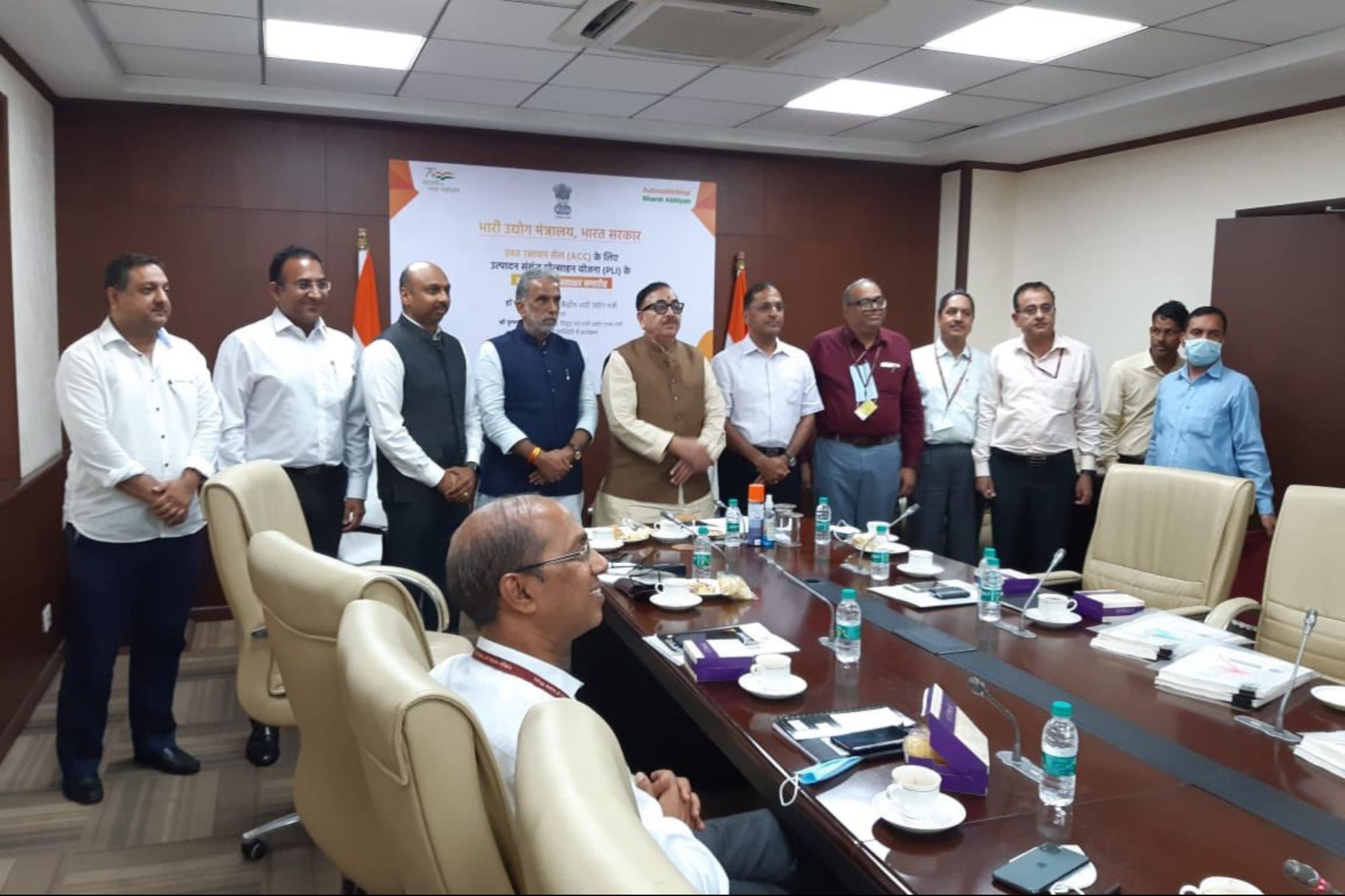Ola Electric Signs PLI Agreement With Government For Cell Manufacturing As per company statement, Ola Electric is the only Indian EV company that received incentives under the advanced cell chemistry (ACC) PLI scheme and will begin its mass production by 2023
By Teena Jose
Opinions expressed by Entrepreneur contributors are their own.
You're reading Entrepreneur India, an international franchise of Entrepreneur Media.

Ola Electric, an electric mobility startup, announced that it has signed an agreement with the ministry of heavy industries for local manufacturing of advanced batter cells. It is under the government's production linked incentive scheme. As per reports, in March this year, the ministry had announced that four companies which include, Rajesh Exports, Hyundai Global Motors company, Ola Electric Mobility and Reliance are selected to receive the benefits under the production linked incentive (PLI) scheme for advanced chemistry cell. The government of India had approved the PLI scheme for the manufacturing of EV battery cells. The scheme estimated an outlay of INR 18,100 crore in 2021.
According to a statement given by the Ola Electric company, it is said that Ola Electric is the only Indian EV company that received incentives under the advanced cell chemistry (ACC) PLI scheme and will begin its mass production by 2023.
"Today, 90 per cent of global capacity for cell manufacturing is in China and reverse this import dependency, locally manufactured cell technology is key. The ACC PLI scheme will be instrumental in making India self-reliant and localizing the most critical aspects of the EV value chain. Ola's roadmap to develop cell technology and manufacturing is progressing intensively, making it a stronger vertically integrated mobility company across products, mobility services and core technology," said Bhavish Aggarwal, founder and CEO, Ola Electric, in a statement.
As per reports, earlier this month, Ola Electric had unveiled its first indigenously developed lithium-ion cell, NMC 2170. The company also announced an investment of $500 million to set up a cell research and development facility in Bengaluru. It is also said that the startup is in talks with some global suppliers to build a cell manufacturing plant in India with a capacity of up to 50 GWh.










